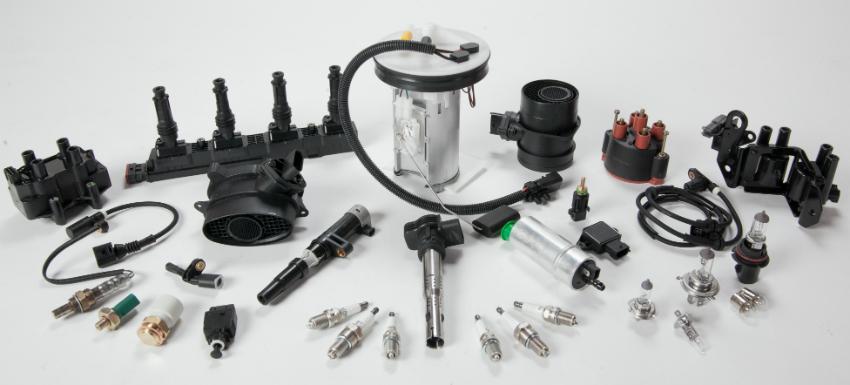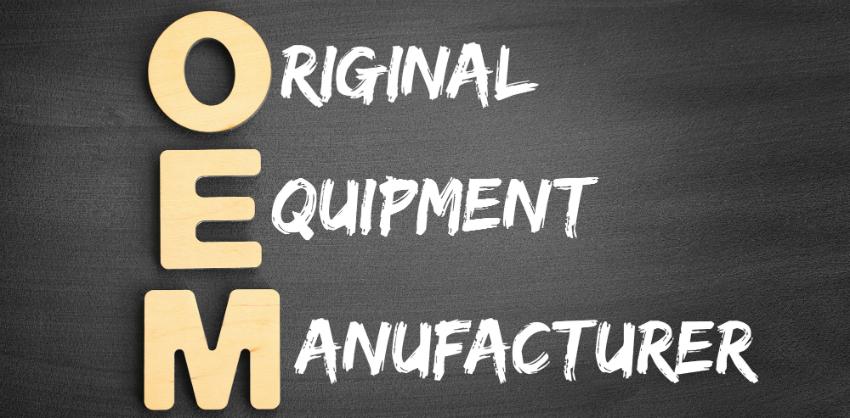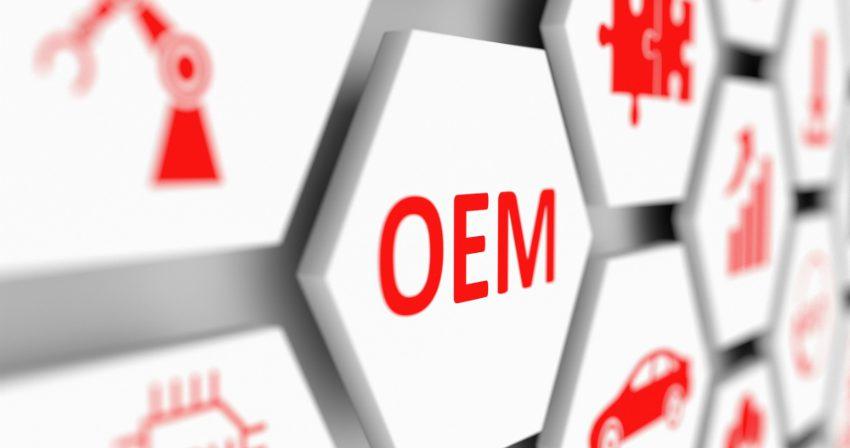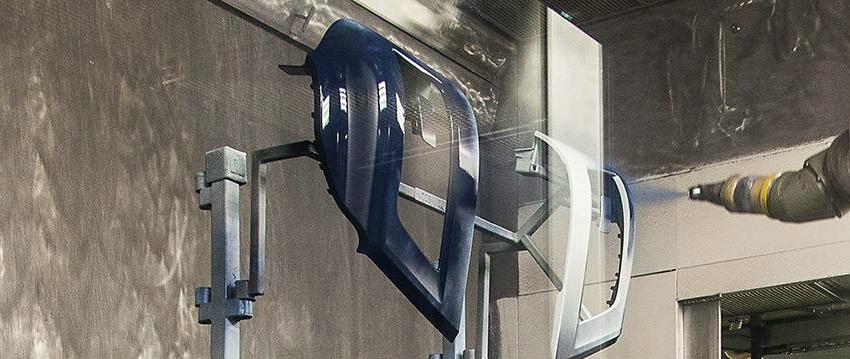OEM stands for ‘Original Equipment Manufacturer’, referring to a company that produces components or products which are used in another company’s end products. In many industries, there are manufacturers that do not bring their products or components directly to market but instead function as suppliers for larger companies, becoming part of their supply chain. Examples are well known in the computer industry when dealing with OEM software or hardware. Intel is a well-known supplier, recognized for manufacturing processors used in a wide range of electronic devices. The following article focuses on another major industry in which OEMs are an essential part of the supply chain: the automotive industry.
Complex supply chains with many participants
Considering that a modern car consists of about 10,000 individual parts, it becomes clear that one manufacturer can no longer produce all of these parts alone. Since the time of Henry Ford, who once operated his own rubber tree plantations in South America to obtain rubber for his tires, much has changed. The value chain has become more extensive, and the entire supply pyramid more complex. Today, only about 25% of a car is actually built by the automaker itself; everything else is supplied by various OEMs. Manufacturers of original parts—well-known companies such as Delphi Technologies, Lear Corporation, or Dana Incorporated—maintain their own complex supply chains, which are divided into different supplier categories.
There are suppliers for individual parts, for specific components, and even for entire systems or modules. Unsurprisingly, strict requirements are passed down to even the smallest supplier to ensure the final product, the car, meets quality standards. These OEM approvals set specifications regarding quality, safety, and delivery terms. These requirements must be met and contractually secured before a supplier can obtain approval for its products.

Suppliers and manufacturers – the term OEM can be confusing
Strictly speaking, OEMs are the direct suppliers to the automotive industry. Their products—such as tires, brake components, complete electronic units, and modules—are installed directly into the vehicle at the factory. At the same time, automakers themselves, such as Ford, General Motors, or Tesla, also refer to themselves as OEMs. And finally, the term sometimes appears in the so-called aftermarket, that is, the replacement parts market. Here, one often encounters the abbreviation “OE” (Original Equipment). However, this only means that the offered part is identical in size and shape to the original part. Unlike OEM-approved parts, these components do not need to undergo the approval process required for series production.
So, what do OEM approvals actually mean?
In general, approval by a manufacturer means that a specific component meets the requirements and is permitted for use in the final product. To obtain such approval, a component must undergo a series of extensive tests, which are often extensive, to ensure all requirements are met. This process is known as initial sampling and includes satisfying numerous quality and safety criteria. The supplier company itself must also fulfill certain requirements, such as, having a quality management system certified to ISO 9001. This initial sampling process is time-intensive and can take several months to complete.

OEM approvals in the supply chain
Axle carriers, stabilizers, body parts—the number of components is enormous, and so is the number of tests and requirements. But that is not all. Every part must function properly in the car and remain durable over time. This not only applies to mechanical longevity—think of the engine—but also to surface protection. The exterior body must be able to withstand environmental influences and resist corrosion, while the interior includes a wide range of plastic coatings. Armrests, headrests, steering wheels, and consoles must not only be functional but also provide comfortable surfaces and last as long as possible. Each component therefore requires different pretreatments and coatings. Standards also apply here to the coatings and paints that may be used.
Even automotive paints require OEM approvals
The term automotive paint refers to all types of coatings used in a vehicle. This includes not only the paint for the body but also powder and plastic coatings for a wide variety of surfaces. OEM paints are the original coatings used for new car production, while refinish paints are used for repairs on cars already in use. If repair work becomes necessary, the body shop will rely on the appropriate refinish paints.
For new cars, only approved paints and coatings may be used. In the paint shop, five different layers are applied to the bare metal of the car body before the vehicle leaves as a shiny new car. Primers, base coats, and clear coats must all carry their own approvals before they can be used. As with other OEM components, these approvals require intensive testing by the manufacturer, and includes comprehensive quality inspections. Only then can it be guaranteed that the paint meets all requirements for the intended finish of the factory-new vehicle. Additional criteria demanded by automakers regarding automotive coatings include worldwide availability of the products as well as service support by the paint manufacturer. This ensures that the same products, of the same quality, are available globally for automotive finishing.
OEM approvals are therefore a vital means of ensuring the high quality and safety standards of the automotive industry across the entire supply chain—and ultimately, they safeguard the durability and safety of every car.
 Kluthe Magazine
Kluthe Magazine

